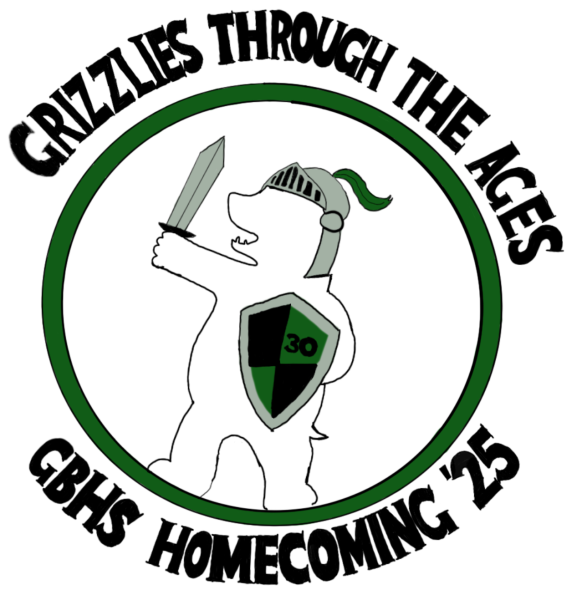Campaign signs — where do they come from, where do they go?
Political signs have become a common sight virtually everywhere, however the history behind them is not as well-known.
Throughout the election season, the presence of campaign signs became especially noticeable.
The appearance and disappearance of campaign signs around election season are often shrouded in mystery.
A candidate at, for example, city or county level would get signs that would legally have to list the person or group paying for them somewhere on the sign. They would also be responsible for their signs by completing a ‘Statement of Responsibility’ that holds them accountable for any of their temporary campaign signs. Any sign in a prohibited area, any sign put up prior to 90 days before an election or taken down later than ten days after the election can be removed by the Department of Transportation at the campaign’s expense.
That means the candidates, or whoever’s paying to put the signs out, are the ones responsible for following city or county guidelines and getting their signs removed from public areas.
Campaign signs can be easily acquired from the website for a county’s official Democrat or Republican party.
For local campaigns, the parties acquire signs from candidates to then give out. As for presidential campaign signs, the Placer County Democratic Party and the Sacramento County Republican Party provide signs to their donors to pick up. George Mellen is involved with the sign-distribution process for the Placer County Democratic Central Committee.
“The Placer County Democratic Central Committee is using a variety of local union printers to supply these signs,” Mellen said. “We use local union printers because we believe in supporting employers that pay a living wage.”
Sacramento County Republican Party chair, Betsy Mahan, explains that campaign signs are also available to buy through many other websites but purchasing one through a donation to a county’s party can show support towards one’s political affiliations.
“The donations go to the Sacramento Republican Party because we’re the ones who print them,” Mahan said.
Once election day has come and gone, owners are free to recycle them, keep them or whatever else as long they are off of the lawn within ten days after the election takes place.
But, is it even worth keeping in your yard? Can they influence voters?
A study by the Electoral Studies journal which observed the effect of campaign signs at multiple levels of government, the highest being a congressional candidate, found that on average lawn signs increase vote share by around one point seven percent. This number may seem like not very much, but it is enough to hold some significance.
“When I have seen signs that are up for local election and I don’t know who the candidates are, for example, the Roseville school district …, I’m more likely to vote for them because it shows me they care about their campaign,” Carolyn Brown, a Granite Bay resident said.
As for presidential campaign signs, she believes that they serve a different purpose.
“When it comes to local campaigns, (it does have an effect),” Brown said. “Not so much for presidential campaigns.”
She felt that presidential campaign signs were more about statements.
“I don’t think (presidential campaign signs) can influence voters,” Brown said. “By putting up (a presidential campaign sign) I’m (making a statement).”
Alexandra is the Features Editor for Granite Bay Today and The Gazette. This is her second year on staff.









